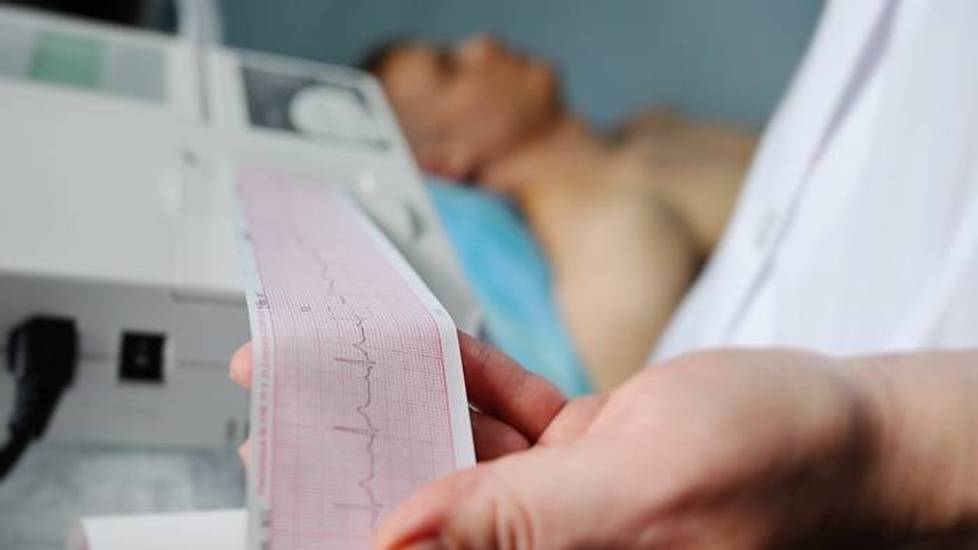
Being able to read an EKG or ECG is an important skill for nurses. But looking at a 12-lead EKG/ECG can put your own heart into a lethal rhythm. Nurses are usually the first ones to read that “hot off the press” EKG tracing. This article will explain everything you need to know about EKG readings.
EKG vs ECG
It’s important to know that there is no difference between an ECG and an EKG. Both refer to the same procedure; however, one is in English (electrocardiogram – ECG) and the other is based on the German spelling (elektrokardiogramm – EKG).
What is an EKG?
Before interpreting an EKG, it is important to know what an EKG is and its importance. An EKG/ECG is a representation of the electrical activity of the heart muscle as it changes with time, usually printed on paper for easier analysis. The EKG/ECG is a printed capture of a brief moment in time.
A 12-lead EKG is considered the gold standard; however, a 4-lead EKG can also diagnose different heart conditions.
EKGs can be used to diagnose heart attacks, heart problems including electrical malfunctioning, and other heart problems. They are often used to diagnose heart problems in combination with an echocardiogram or echo.
How to Read an EKG/ECG
How do you know when you need to act immediately or can wait for expert consultation? Here are seven tips to help you gain confidence in interpreting what you see.
1. Assess Your Patient
This must come first! There are many clues you can learn when obtaining the EKG that will help you analyze and act on what you see.
- Is the patient’s skin warm and dry, or is it damp and clammy?
- How is their color?
- Are they having chest or referred (arm) pain?
- When does the pain usually occur – morning, afternoon, or night?
- Would you describe it as more of a dull pressure or squeezing or more of a sharp, stabbing, or
- ripping feeling?
- Do you smoke, or have you ever smoked? If so, how many packs per day?
- Can you palpate peripheral pulses?
- Is your patient talking to you, or are they struggling to catch their breath?
- What is their capillary refill?
- Do they have underlying heart conditions?
- What is their baseline physical activity?
- Have they ever had an EKG before?
- Have they ever been diagnosed with a heart condition?
- Are you feeling nauseous, dizzy, lightheaded, or tired?
Looking at a sheet of paper with a tracing on it does not provide enough information. A heart rate of 38 can be normal in an athlete.¹ But it also can require an immediate pacemaker insertion if accompanied by chest pain, shortness of breath, and an EKG/ECG interpretation of third-degree heart block.²
2. Know Your Normals
Don’t sweat all the complex details when you are first beginning to read and interpret EKGs. A normal heart rhythm contains a P wave, a QRS, and a T wave.³ Knowing the normal amplitude, deflection, and duration of each component is essential to accurate rhythm and EKG/ECG interpretation.
- Amplitude: This measures the voltage of the beat and is determined by how high the wave reaches, as measured by each square vertically on the chart. 10 mm = 1 mv. 5 squares = .5 mV and 2.5 squares = .25 mV
- Deflection: Which lead on the patient it’s coming from
- Duration: How long it is, as measured by squares going horizontal⁴
What’s a normal adult heart rate?
- Normal = 60 – 100 bpm
- Tachycardia > 100 bpm
- Bradycardia < 60 bpm